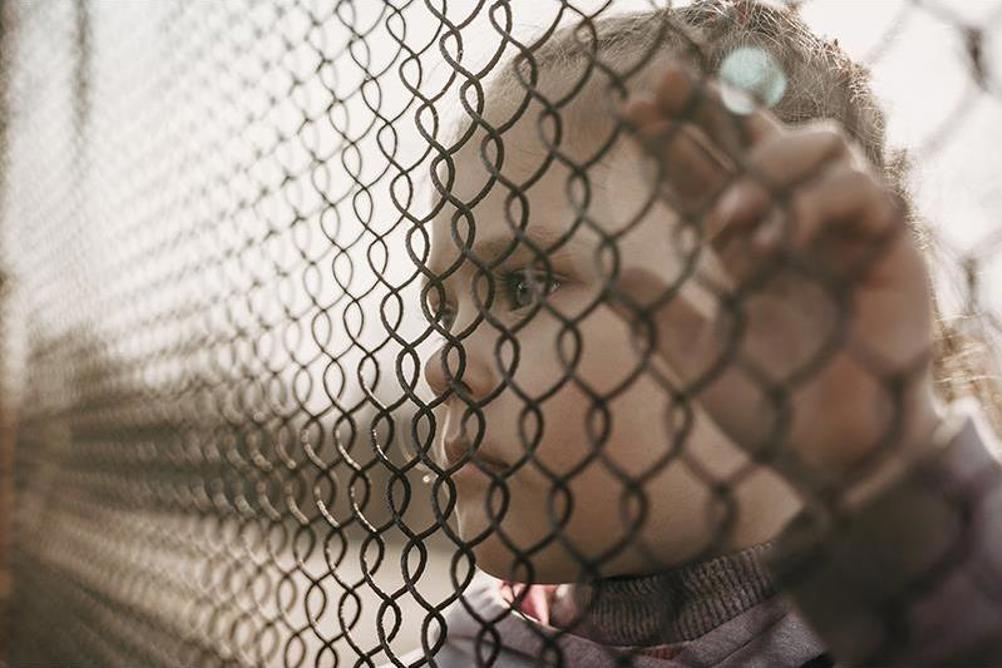
Immigration is a matter of huge public concern. The public debate focuses on the large numbers of people coming to the UK and how to reduce those numbers. There is far less discussion of our humanitarian obligations to these people, and particularly toward child migrants and refugees. And there is surprisingly little research into these children and what their needs might be.
The scale of the issue
It is difficult to get a clear fix on the numbers of recently arrived child migrants and refugees currently in our schools. UK sources such as the Office for National Statistics are coy, or do not measure this, or as emerged in the news in November, have wildly inaccurate data. Our best guess comes from UNICEF.
Register now, read forever
Thank you for visiting SecEd and reading some of our content for professionals in secondary education. Register now for free to get unlimited access to all content.
What's included:
-
Unlimited access to news, best practice articles and podcast
-
New content and e-bulletins delivered straight to your inbox every Monday and Thursday
Already have an account? Sign in here
